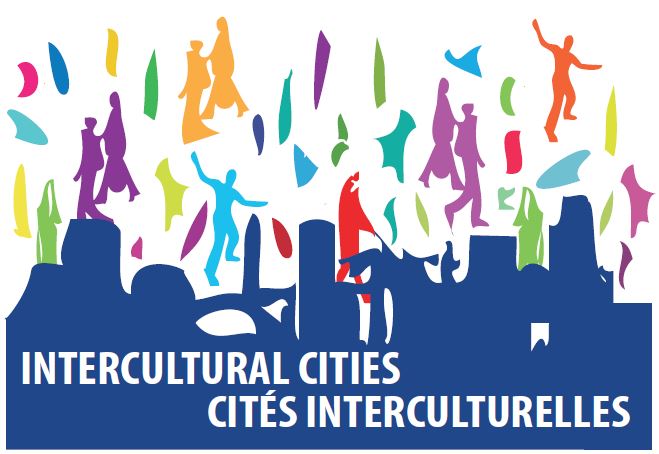Purpose: The research initiative “Structural Racism in Bergen” was undertaken by Bergen Municipality to understand how minority ethnic populations perceived the way they were treated by the city’s services, and how they experienced living in Bergen. The motivation was to capture the narratives of minority ethnic people and to hear their critique.
Stimulus/Rationale: The primary driver for this initiative was political commitment. The municipality, through its Diversity and Equality Section, was also engaging with the Muslim community on experiences of Islamophobia and this was a further stimulus. The institutional infrastructure of a Diversity and Equality section was also important.
Process: The contracting of an external research team, with expertise in structural racism, was central to the approach taken. Involving this expertise is noted as important for the effectiveness of the initiative. A wider engagement with civil society and minority ethnic communities was engaged in the development of actions resulting from the research findings.
A qualitative aspect to the research involved one-to-one interviews with a small number of minority ethnic people. Securing such first-hand narratives of encounters with the city’s services and of living in Bergen, is noted as a politically influential part of the final report. Education services emerged as a particular focus for concern. A quantitative aspect to the research involved a survey of some four hundred minority ethnic people. Employment and the housing rental market emerged as a particular focus of concern.
There were methodological challenges. The COVID-19 pandemic ruled out holding the intended group interviews. Data protection concerns precluded access to the data required to secure a fully representative survey, with respondents subsequently found to be more highly educated than the average.
The distinction between individual and systemic forms of discrimination was not easy to establish. However, the understanding and expertise of the research team on structural racism enabled patterns of racism to be identified from the analysis of interviews and survey findings, that pointed to more systemic forms.
The identification of the focus for the research as structural racism reflected the political commitment to the issue, and gave confidence in the initiative, encouraging participation by minority ethnic people.
Impact: The research report provoked debate. Politicians on the City Council took it seriously, and a number of public meetings on the report were held. There was good media coverage and debate of the report. The research report enabled understanding of the issue of structural racism, and it has become a reference point for the issue. A specific and accessible theoretical chapter on the issue was included in the report on what the concept of structural racism means in the Norwegian context. This has enabled city officials to operationalise the concept in plans and actions. The research report has stimulated action and continues to do so. An action plan on discrimination and hatred experienced by Muslim people was published. Funding has been allocated to the education sector to combat racism in a more systematic way, enabling teachers in relation to the issue and increasing awareness. A cooperation of several NGOs, representative of a range of minority groups, has been funded to establish an office to enable low-threshold reporting of discrimination.
Key reference documents:
https://www.kifo.no/wp-content/uploads/2021/02/VA-rapport-2021-09-Strukturell-rasime-i-Bergen-1.pdf



